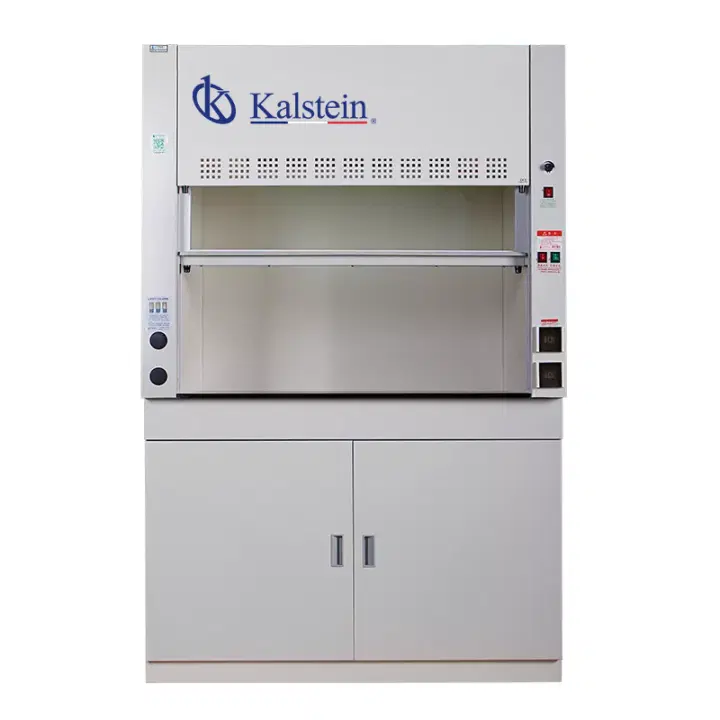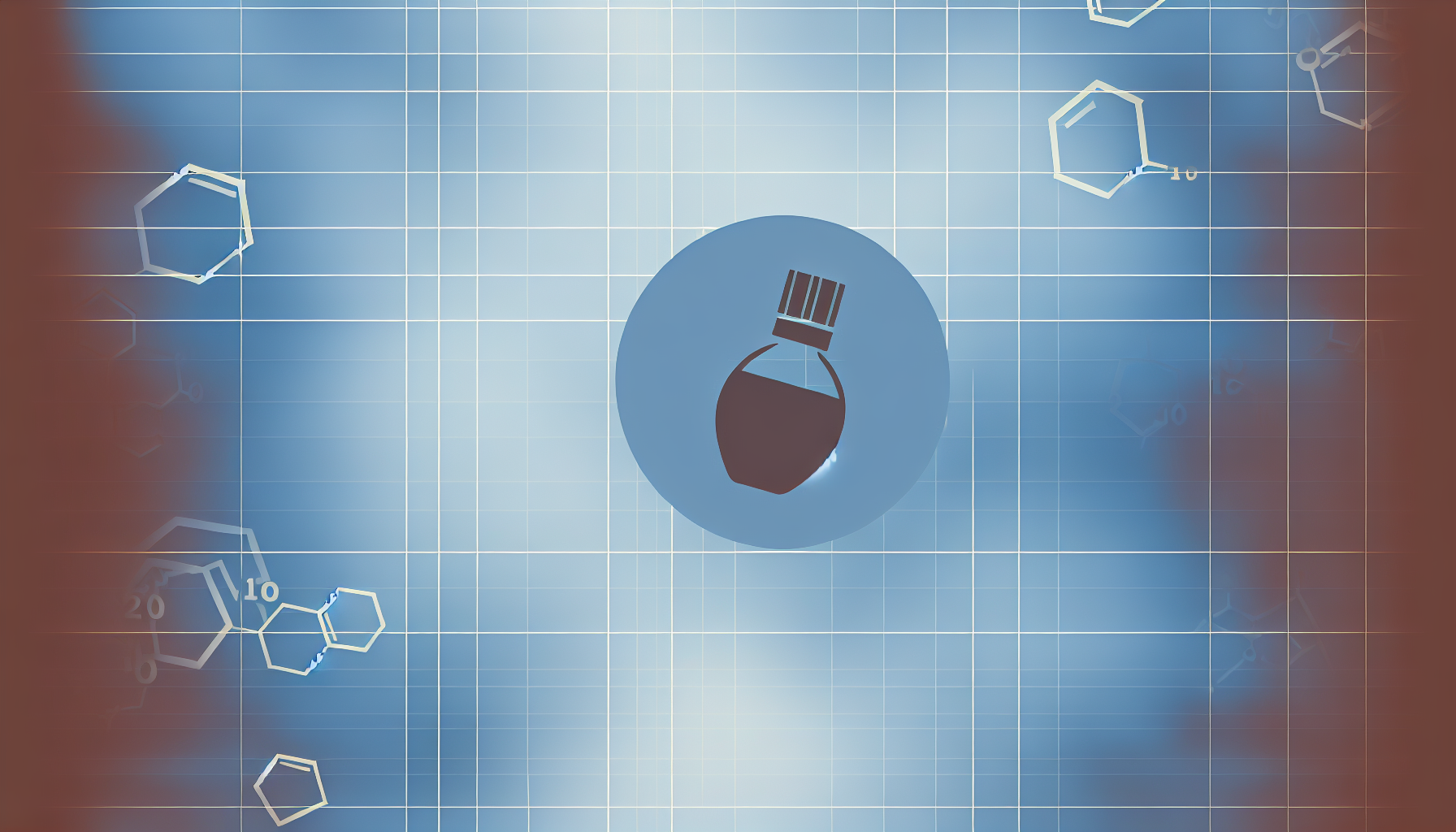Primarily, in laboratories it is necessary that any research be developed based on the cleanliness, cleanliness and accuracy, of these activities depends on the results being reliable.
With regard to activities of a biological, microbiological, cell culture, chemical nature, etc. nature, there is a need for workplaces that are free from danger, contamination and different degrees of isolation. It is therefore important for staff to carry out studies under sterile conditions through laminar flow hoods, which facilitate spaces bounded by surfaces that are easy to clean and disinfect, with a filtered air flow, which retain contaminating particles.
Importance of Air Flow Protection of hoods
As part of routine laboratory practice, the staff of pathogenic organisms must perform tests under sterile conditions, and in others it is intended to keep the environment of the laboratory itself protected. Since in some cases with activity of a chemical nature, working with harmful chemicals may require operator protection to avoid cross-contamination.
For this reason, the location of laminar flow hoods within the laboratory is a key aspect to consider, because they provide an area bounded by surfaces easy to clean and disinfect, with a flow of air filtered through pre-filters, which stop particles present in the air, and by high-power HEPA filters, with an efficiency of at least 99.995%. Through them, air entering the work area is filtered producing a unidirectional flow of sterile air, through the work area with a uniform speed.
In this way, the laminar flow of the air circulates along parallel lines, eliminating any contaminant that is found, without producing alterations, protecting the materials from splash exposures and infectious aerosols.
Laminar Flow hoods Protection Method
The HEPA (High Efficiency Particle Arresting) air filter is capable of removing most harmful particles, including mold spores, dust, dust mites, pet dander, and other irritating air allergens. The use of the HEPA filter system is useful for controlling the amount of circulating pollutants in the air.
These filters are part of the functions of laminar flow hoods, where according to their usefulness their type is manifested, for example: Horizontal laminar flow hoods are those in which the unidirectional airflow moves through horizontal parallel lines, that is, from the back of the equipment to the operator, thanks to the fact that the HEPA filter is located at the back of the hood. It is ideal for work that must ensure the protection of products against external and cross-contamination.
And vertical laminar flow hoods are those in which the unidirectional airflow moves through horizontal parallel lines, that is from the top of the equipment. A sterile air flow, which passes through the HEPA filter at a constant speed, runs through the cabinet in vertical descending laminar regime, protecting the product from external contamination and possible cross contamination between samples.
Laminar Flow hoods Brand Kalstein
At Kalstein, we are able to meet the demands of our users in the selection of laboratory equipment. We offer you, the Laminar Flow hoods, corresponding to the YR series, which has attractive features, such as: HERE
- Filters to meet the requirements of user purification degree. LED
- Microcomputer controller, adjustable fan speed.
- Low power centrifugal wind wheel motor, based on the principle of airflow mechanics, large diameter arc-shaped inlet design, to reduce turbulence generated and ensure quiet system operation.
To learn more about our products, visit HERE




